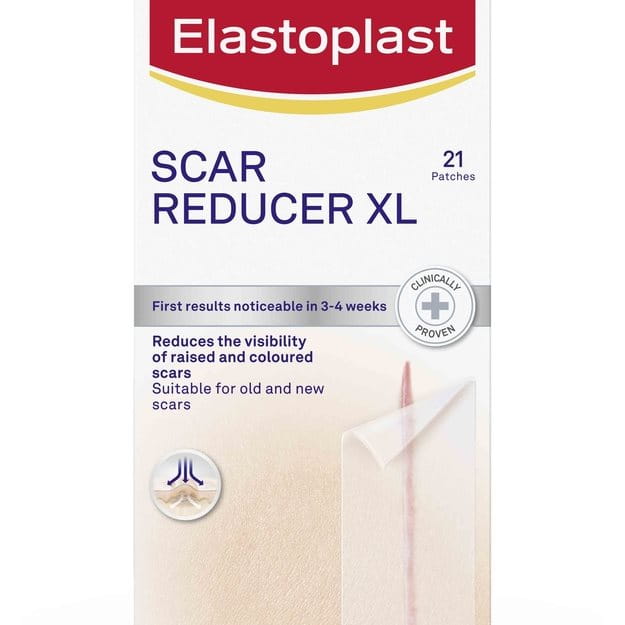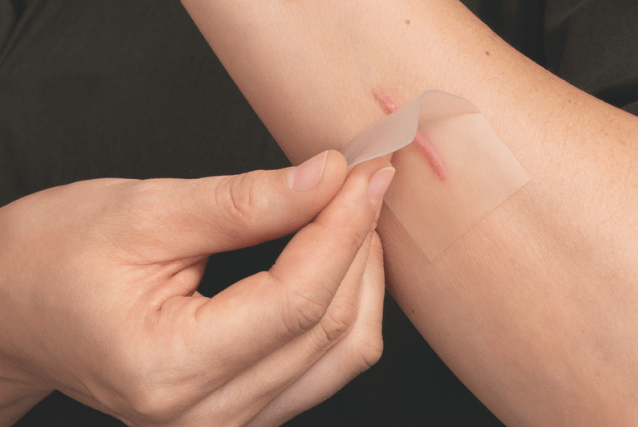Published: October 2020
Last Reviewed: April 2025
Scabs are a common occurrence in the wound healing process. They are there to protect your wounds from any bacteria entering your wound and to protect from any further blood loss. However, scabs are not always good for the skin to develop as they can delay the wound healing process and potentially cause noticeable scars. It is best practice to care for your wounds prior to scabs developing in a dry environment.





